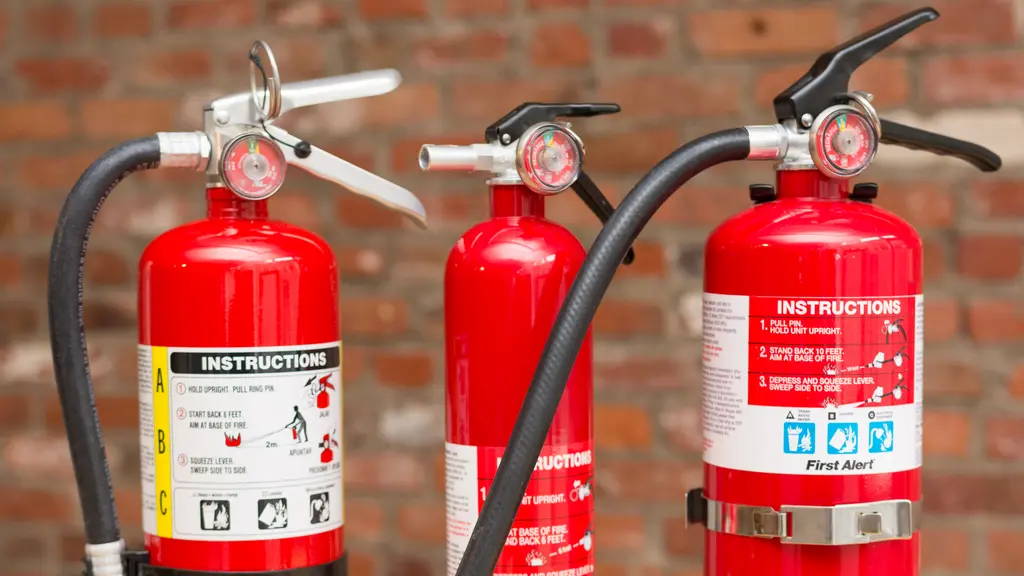Fire extinguishers are a first line of defense in the event of a fire, but their effectiveness depends entirely on their condition and readiness. That’s why routine inspections are not only recommended but also required by law. In Tampa, property owners and facility managers must follow specific guidelines to ensure that fire extinguishers are safe, accessible, and compliant with fire safety codes. This article provides a detailed checklist to help you conduct proper fire extinguisher inspections and stay prepared for emergencies.
While many visual inspections can be handled in-house, professional services are essential for thorough compliance. If you’re looking for a dependable provider, Fire Extinguisher Inspection Tampa experts offer full servicing, CO2 refills, and regulatory support to ensure that extinguishers meet all safety standards in both commercial and residential settings.
Why Regular Inspections Matter
Inspections help identify wear, damage, or misuse before a fire extinguisher becomes inoperable. A neglected extinguisher may fail when it’s most needed, putting lives and property at risk. Regular checks help prevent these issues, ensure compliance with the National Fire Protection Association (NFPA) standards and the Florida Fire Prevention Code, and avoid penalties from fire safety inspectors.
Monthly Fire Extinguisher Inspection Checklist
Property owners or designated safety personnel should complete a visual inspection every month. This routine check ensures that extinguishers are in proper working order and have not been tampered with or damaged. Here is a step-by-step checklist:
1. Confirm Location
- Ensure the extinguisher is in its designated place.
- Verify it is visible and not blocked by furniture, equipment, or decorations.
2. Check for Physical Damage
- Examine the cylinder for dents, rust, corrosion, or any visible signs of wear.
- Look for cracks or leaks around the valve or hose.
3. Inspect the Pressure Gauge
- Make sure the needle is in the green zone (operable pressure range).
- A needle in the red zone indicates over-pressurization or depressurization and requires immediate attention.
4. Review the Pull Pin and Seal
- Ensure the pull pin is in place and secured with a tamper-evident seal.
- A missing or broken seal may suggest unauthorized use or tampering.
5. Evaluate the Hose and Nozzle
- Check the hose and nozzle for cracks, blockages, or signs of deterioration.
- Make sure the hose is firmly attached and flexible.
6. Examine the Label and Instructions
- Verify that the instruction label is legible and facing outward.
- Make sure the label matches the type of fire risk in the area (e.g., Class A, B, C).
7. Look at the Inspection Tag
- Check the inspection tag to confirm the last professional service date.
- Record your initials and the date of the current monthly inspection.
Annual Professional Maintenance Checklist
In addition to monthly inspections, a certified fire extinguisher technician must perform a detailed service at least once a year. Here’s what a professional inspection typically includes:
1. Complete Operational Test
- Discharge test to confirm the extinguisher works correctly (for some types only).
- Refill and repressurize if discharged or expired.
2. Internal Examination
- For rechargeable extinguishers, an internal check may be performed to examine the mechanical parts and agent condition.
3. Hydrostatic Testing (As Required)
- Required every 5 to 12 years depending on the extinguisher type.
- Ensures the structural integrity of the cylinder under pressure.
4. Re-Tagging and Documentation
- Update the inspection tag with technician details and inspection date.
- Provide the property owner with a written report for recordkeeping and compliance purposes.
When to Replace or Service Immediately
Even between scheduled inspections, certain signs may indicate a fire extinguisher needs immediate servicing or replacement:
- Pressure gauge in the red zone
- Missing pull pin or safety seal
- Expired chemical agent (check manufacturer’s label)
- Damaged hose or nozzle
- Visible signs of tampering or discharge
Conclusion
Maintaining your fire extinguishers through regular inspections is essential for safety and regulatory compliance in Tampa. Following a structured monthly checklist and arranging annual professional servicing ensures that your extinguishers will work effectively in an emergency. By taking proactive steps and working with qualified professionals, you not only protect lives and property but also meet legal obligations with confidence.




